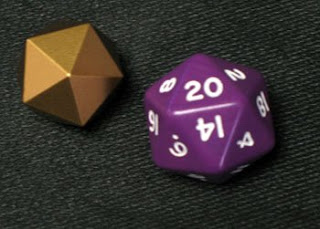136 = 23 x 17.
136 is the smallest number (except 1) such that the sum of the cubes of the digits of the sum of the cubes of its digits equals itself: 13 + 33 + 63 = 244 and 23 + 43 + 43 = 136.
136 is a refactorable number (divisible by the count of its divisors); it has a total of 8 divisors (1, 2, 4, 8, 17, 34, 68, 136), with 8 among them.
136 is a triangular number, which can be represented in the form of a triangular grid of points, where the first row contains a single element and each subsequent row contains one more element than the previous one. Hence, it is the sum of the first 16 positive integers.

A representation of the first few triangular numbers.
136 is 10001000 in base 2 (binary) and 88 in base 16.
136 has a representation as a sum of two squares: 136 = 62 + 102.

















